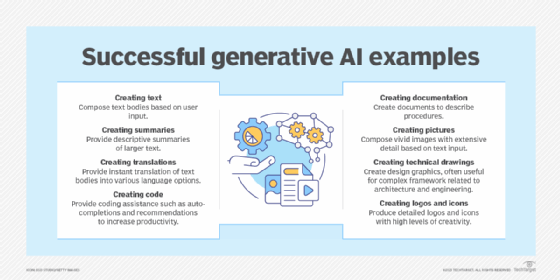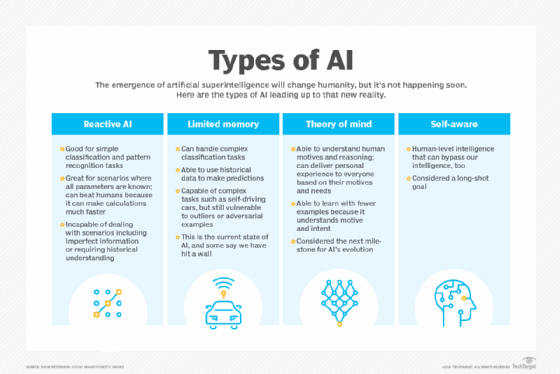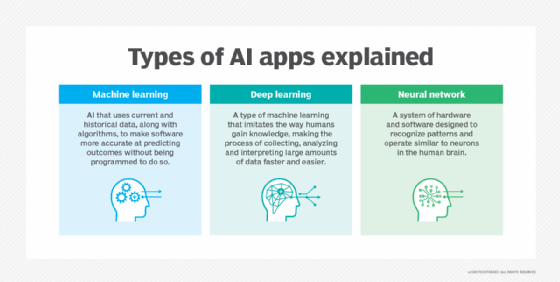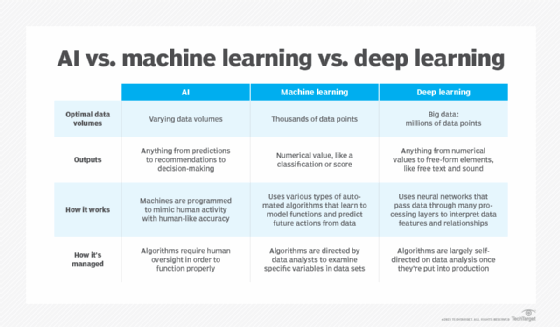Schneider Electric – Ahead of COP28, Schneider Electric calls for greater action on decarbonization and inclusion
- CEO and Chairman will attend climate conference to promote pathways to an accelerated and fair energy transition
- Company will host knowledge and solution-sharing sessions, release new research
Schneider Electric, the leader in the digital transformation of energy management and automation, today called for greater collective action to decarbonize the global economy and ensure a fair and inclusive transition to net zero, and detailed the actions it is taking at the upcoming COP28 United Nations Climate Change Conference to support these efforts.
Thousands of government and private-sector leaders, climate experts, NGOs, youth groups and other stakeholders will gather for the event, which takes place in Dubai on November 30-December 12, to foster collaboration, ideas and initiatives to tackle climate change and deliver on common sustainability ambitions. A key focus will be the publication of the first Global Stocktake, a comprehensive assessment of progress achieved since the 2015 Paris Climate Change Agreement.
With energy at the heart of over 70% of carbon emissions, Schneider Electric delegates will highlight the untapped potential of electrification, automation and digital technologies and showcase the social and economic benefits of deploying such solutions in industries, buildings, homes, data centers, infrastructure, and transportation.
“We have plenty of technologies at our disposal today. It’s time to recognize that deploying these at much greater speed and scale brings social, environmental, economic and job-creation benefits, that they can lower emissions and costs faster than many realize – and that inaction is simply not an option,” said Peter Herweck, CEO of Schneider Electric.
The company will host discussions and showcase solutions in the COP28 Technology & Innovation Hub. Schneider Electric delegates will participate in a number of panel discussions to share news and insights on corporate decarbonization, youth empowerment and supply chain engagement. In addition, Schneider will:
- release fresh geographically relevant insights on ways to accelerate decarbonization, building on its Back to 2050 research
- extend several Schneider Electric Foundation partnerships, in line with its longstanding mission to support the empowerment of younger generations and women through education and training in the energy sector
- announce new strategic partnerships and initiatives to extend the decarbonization of its supply chain and launch a report on supply chain decarbonization developed in partnership with Women Action Sustainability (WAS)
“As the world’s population and economies continue to grow, we must develop energy efficiency as well as clean, affordable energy. New technologies of digitization of everything leveraging IoT, big data and AI, as well as low-carbon electrification are the two major disruptors of our relationship to energy. Accelerated adoption of these technologies and new ways of designing are essential pillars of innovative, collective, fair and inclusive climate action,” said Jean-Pascal Tricoire, Chairman of Schneider Electric. “The corporate world, including impact companies like ours, needs to be a player and enabler of sustainability action worldwide, inspiring and supporting governments, societies, the academic and business world, and others, to accelerate action.”
SourceSchneider Electric
EMR Analysis
More information on Schneider Electric: See the full profile on EMR Executive Services
More information on Jean-Pascal Tricoire (Chairman, Schneider Electric): See the full profile on EMR Executive Services
More information on Peter Herweck (Chief Executive Officer, Schneider Electric): See the full profile on EMR Executive Services
More information on the Schneider Electric Foundation: https://www.se.com/ww/en/about-us/sustainability/foundation/ + We support individuals and communities across the world with education and training, through our active volunteering and local partners’ network.
For over 20 years, our Foundation, under the aegis of Fondation de France, has deployed philanthropic initiatives in line with Schneider Sustainability Impact and UN SDGs, with a focus on training youth to improve quality of life and job prospects.
Foundation commitments 2025:
- 1 million individuals trained in energy
- 50,000 volunteering days across the world
More information on COP28 – Climate Change Conference (30 November to 12 December 2023, Dubai, United Arab Emirates): https://www.cop28.com/ + The 28th session of the Conference of the Parties (COP 28) to the UNFCCC will convene from 30 November to 12 December 2023. It will take place in the United Arab Emirates.
In the three decades since the Rio Summit and the launch of the United Nations Framework Convention on Climate Change (UNFCCC), the Conference of the Parties to the Convention (COP) has convened member countries every year to determine ambition and responsibilities, and identify and assess climate measures. The 21st session of the COP (COP21) led to the Paris Agreement, which mobilized global collective action to limit the global temperature increase to 1.5C above pre-industrial levels by 2100, and to act to adapt to the already existing effects of climate change.
More information on Dr. Sultan Ahmed Al Jaber (President-Designate, COP28 UAE + Minister of Industry and Advanced Technology, UEA + Managing Director and Group Chief Executive Officer, ADNOC): https://www.cop28.com/en/cop28-presidency#leadership + https://www.linkedin.com/in/dr-sultan-al-jaber/
More information on Net Zero by 2050 by the United Nations: https://www.un.org/en/climatechange/net-zero-coalition + Put simply, net zero means cutting greenhouse gas emissions to as close to zero as possible, with any remaining emissions re-absorbed from the atmosphere, by oceans and forests for instance.
Currently, the Earth is already about 1.1°C warmer than it was in the late 1800s, and emissions continue to rise. To keep global warming to no more than 1.5°C – as called for in the Paris Agreement – emissions need to be reduced by 45% by 2030 and reach net zero by 2050.
More than 140 countries, including the biggest polluters – China, the United States, India and the European Union – have set a net-zero target, covering about 88% of global emissions. More than 9,000 companies, over 1000 cities, more than 1000 educational institutions, and over 600 financial institutions have joined the Race to Zero, pledging to take rigorous, immediate action to halve global emissions by 2030.
More information on Women Action Sustainability (WAS): https://wasaction.com/ + We are a non-profit association whose main purpose is to elevate SUSTAINABILITY to the first strategic level of companies, entities, institutions and society.
More information on Mónica Chao (Chairwoman, WAS): https://wasaction.com/es/junta-directiva + https://www.linkedin.com/in/monicachaoj/
EMR Additional Notes:
- Carbon Dioxide (CO2):
- Primary greenhouse gas emitted through human activities. Carbon dioxide enters the atmosphere through burning fossil fuels (coal, natural gas, and oil), solid waste, trees and other biological materials, and also as a result of certain chemical reactions (e.g., manufacture of cement). Carbon dioxide is removed from the atmosphere (or “sequestered”) when it is absorbed by plants as part of the biological carbon cycle.
- Biogenic Carbon Dioxide (CO2):
- Carbon Dioxide released as a result of the combustion or decomposition of organic material, that is biomass and its derivatives. Examples include carbon dioxide released during the combustion of wood and biogas generated by decomposition.
- Biogenic Carbon Dioxide (CO2) and Carbon Dioxide (CO2) are the same. Scientists differentiate between biogenic carbon (that which is absorbed, stored and emitted by organic matter like soil, trees, plants and grasses) and non-biogenic carbon (that found in all other sources, most notably in fossil fuels like oil, coal and gas).
- Carbon Capture and Storage (CCS):
- CCS involves the capture of carbon dioxide (CO2) emissions from industrial processes, such as steel and cement production, or from the burning of fossil fuels in power generation. This carbon is then transported from where it was produced, via ship or in a pipeline, and stored deep underground in geological formations.
- CCS projects typically target 90 percent efficiency, meaning that 90 percent of the carbon dioxide from the power plant will be captured and stored.
- Decarbonization:
- Reduction of carbon dioxide emissions through the use of low carbon power sources, achieving a lower output of greenhouse gasses into the atmosphere.
- Carbon Footprint:
- There is no universally agreed definition of what a carbon footprint is. A carbon footprint is generally understood to be the total amount of greenhouse gas (GHG) emissions that are directly or indirectly caused by an individual, organization, product, or service. These emissions are typically measured in tonnes of carbon dioxide equivalent (CO2e).
- In 2009, the Greenhouse Gas Protocol (GHG Protocol) published a standard for calculating and reporting corporate carbon footprints. This standard is widely accepted by businesses and other organizations around the world. The GHG Protocol defines a carbon footprint as “the total set of greenhouse gas emissions caused by an organization, directly and indirectly, through its own operations and the value chain.”
- The Paris Agreement (COP 21):
- The Paris Agreement is a legally binding international treaty on climate change under UNFCC. It was adopted by 196 Parties at COP 21 in Paris, on 12 December 2015 and entered into force on 4 November 2016.
- Its goal is to limit global warming to well below 2, preferably to 1.5 degrees Celsius, compared to pre-industrial levels.
- To achieve this long-term temperature goal, countries aim to reach global peaking of greenhouse gas emissions as soon as possible to achieve a climate neutral world by mid-century.
- The Paris Agreement is a landmark in the multilateral climate change process because, for the first time, a binding agreement brings all nations into a common cause to undertake ambitious efforts to combat climate change and adapt to its effects.
- The Paris Agreement is a legally binding international treaty on climate change under UNFCC. It was adopted by 196 Parties at COP 21 in Paris, on 12 December 2015 and entered into force on 4 November 2016.
- IOT (Internet Of Things):
- The Internet of Things (IoT) refers to a system of interrelated, internet-connected objects that are able to collect and transfer data over a wireless network without human intervention.
- Describes the network of physical objects—“things”—that are embedded with sensors, software, and other technologies for the purpose of connecting and exchanging data with other devices and systems over the internet.
- The Most Popular IoT Devices are:
- Smart watches are the most popular IoT devices. …
- Gaming consoles. …
- Smart TV sets and content streaming devices. …
- Voice control devices. …
- Printers. …
- Cameras. …
- Lighting appliances. …
- Smart thermostats.
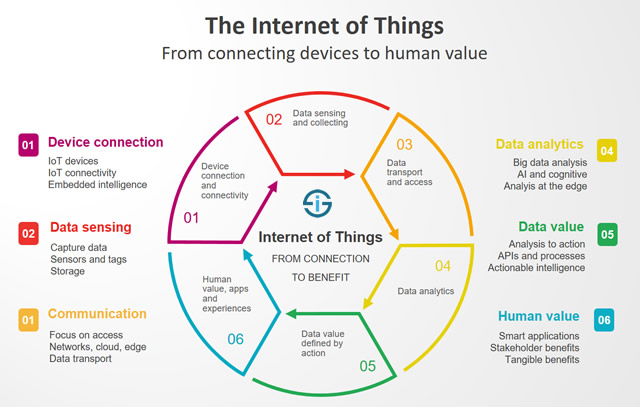
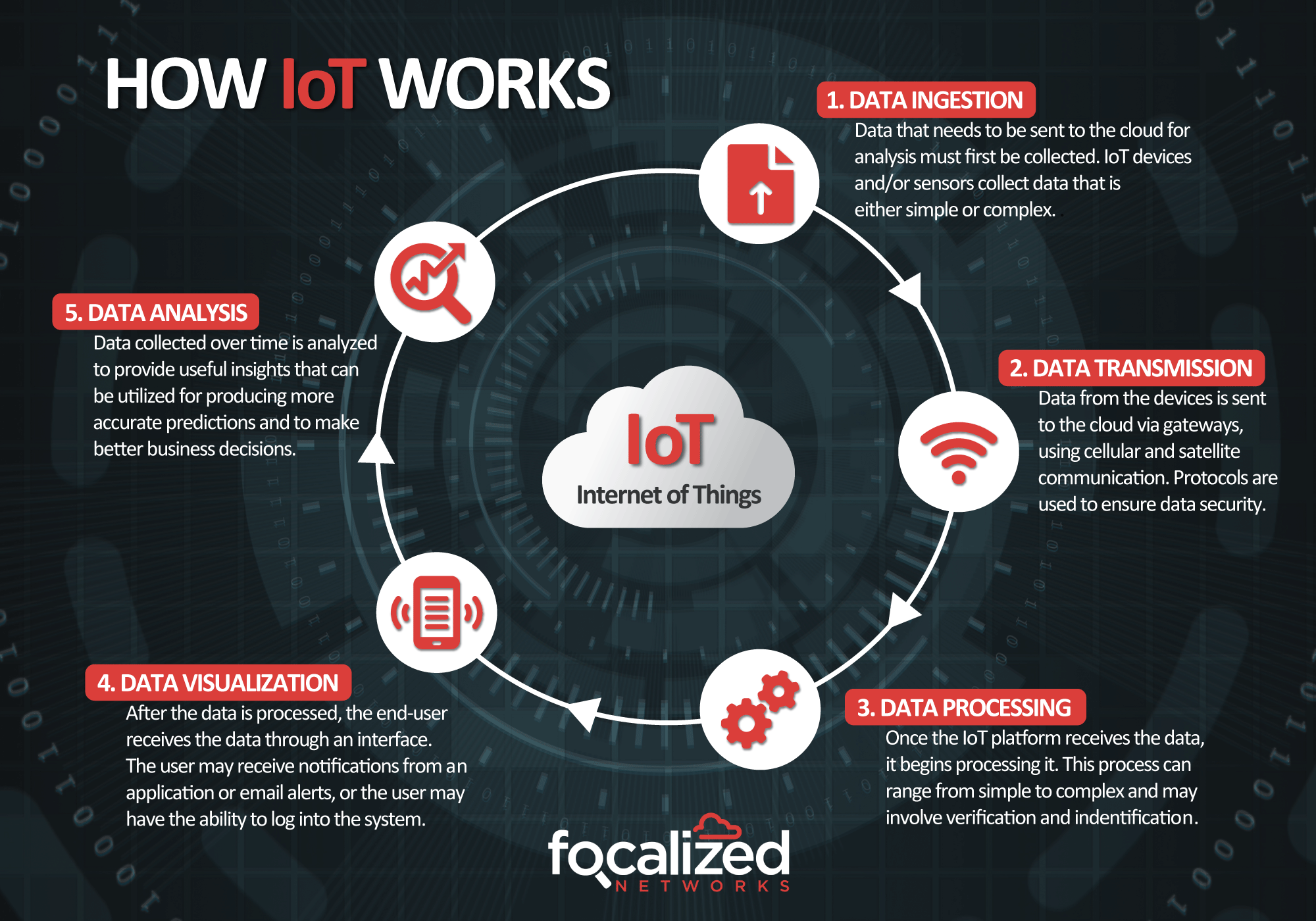
- IIoT (Industrial IoT):
- Industrial IoT (IIoT) involves collecting and analyzing sensor-generated data to support equipment monitoring and maintenance, production process analytics and control, and more. In manufacturing IT since 1989, ScienceSoft offers IIoT consulting and development to create secure IIoT solutions.
- xIoT (xTended Internet of Things):
- xIoT refers to the “xTended” Internet of Things. This xTended IoT category spans Enterprise IoT devices (cameras, printers, and door controllers), OT devices (like PLCs, HMI’s, and robotics) and Network devices (like switches, WiFi routers, and NAS).
- AI – Artificial Intelligence:
- https://searchenterpriseai.techtarget.com/definition/AI-Artificial-Intelligence +
- Artificial intelligence is the simulation of human intelligence processes by machines, especially computer systems. Specific applications of AI include expert systems, natural language processing, speech recognition and machine vision.
- As the hype around AI has accelerated, vendors have been scrambling to promote how their products and services use AI. Often what they refer to as AI is simply one component of AI, such as machine learning. AI requires a foundation of specialized hardware and software for writing and training machine learning algorithms. No one programming language is synonymous with AI, but a few, including Python, R and Java, are popular.
- In general, AI systems work by ingesting large amounts of labeled training data, analyzing the data for correlations and patterns, and using these patterns to make predictions about future states. In this way, a chatbot that is fed examples of text chats can learn to produce lifelike exchanges with people, or an image recognition tool can learn to identify and describe objects in images by reviewing millions of examples.
- AI programming focuses on three cognitive skills: learning, reasoning and self-correction.
- What are the 4 types of artificial intelligence?
- Type 1: Reactive machines. These AI systems have no memory and are task specific. An example is Deep Blue, the IBM chess program that beat Garry Kasparov in the 1990s. Deep Blue can identify pieces on the chessboard and make predictions, but because it has no memory, it cannot use past experiences to inform future ones.
- Type 2: Limited memory. These AI systems have memory, so they can use past experiences to inform future decisions. Some of the decision-making functions in self-driving cars are designed this way.
- Type 3: Theory of mind. Theory of mind is a psychology term. When applied to AI, it means that the system would have the social intelligence to understand emotions. This type of AI will be able to infer human intentions and predict behavior, a necessary skill for AI systems to become integral members of human teams.
- Type 4: Self-awareness. In this category, AI systems have a sense of self, which gives them consciousness. Machines with self-awareness understand their own current state. This type of AI does not yet exist.
- Machine Learning:
- Developed to mimic human intelligence. It lets the machines learn independently by ingesting vast amounts of data and detecting patterns. Many ML algorithms use statistics formulas and big data to function.
- Type of artificial intelligence (AI) that allows software applications to become more accurate at predicting outcomes without being explicitly programmed to do so. Machine learning algorithms use historical data as input to predict new output values.
- Recommendation engines are a common use case for machine learning. Other popular uses include fraud detection, spam filtering, malware threat detection, business process automation (BPA) and Predictive maintenance.
- Classical machine learning is often categorized by how an algorithm learns to become more accurate in its predictions. There are four basic approaches: supervised learning, unsupervised learning, semi-supervised learning and reinforcement learning. The type of algorithm data scientists choose to use depends on what type of data they want to predict.
- Deep Learning:
- Subset of machine learning. Deep learning enabled much smarter results than were originally possible with machine learning. Consider the face recognition example.
- Deep learning makes use of layers of information processing, each gradually learning more and more complex representations of data. The early layers may learn about colors, the next ones learn about shapes, the following about combinations of those shapes, and finally actual objects. Deep learning demonstrated a breakthrough in object recognition.
- Deep learning is currently the most sophisticated AI architecture we have developed.
- Computer Vision:
- Computer vision is a field of artificial intelligence (AI) that enables computers and systems to derive meaningful information from digital images, videos and other visual inputs — and take actions or make recommendations based on that information.
- The most well-known case of this today is Google’s Translate, which can take an image of anything — from menus to signboards — and convert it into text that the program then translates into the user’s native language.
- Generative AI:
- Generative AI technology generates outputs based on some kind of input – often a prompt supplied by a person. Some GenAI tools work in one medium, such as turning text inputs into text outputs, for example. With the public release of ChatGPT in late November 2022, the world at large was introduced to an AI app capable of creating text that sounded more authentic and less artificial than any previous generation of computer-crafted text.
- https://searchenterpriseai.techtarget.com/definition/AI-Artificial-Intelligence +
